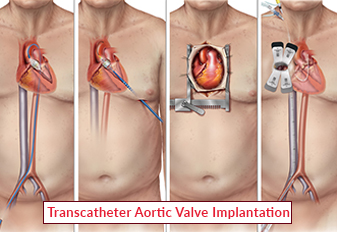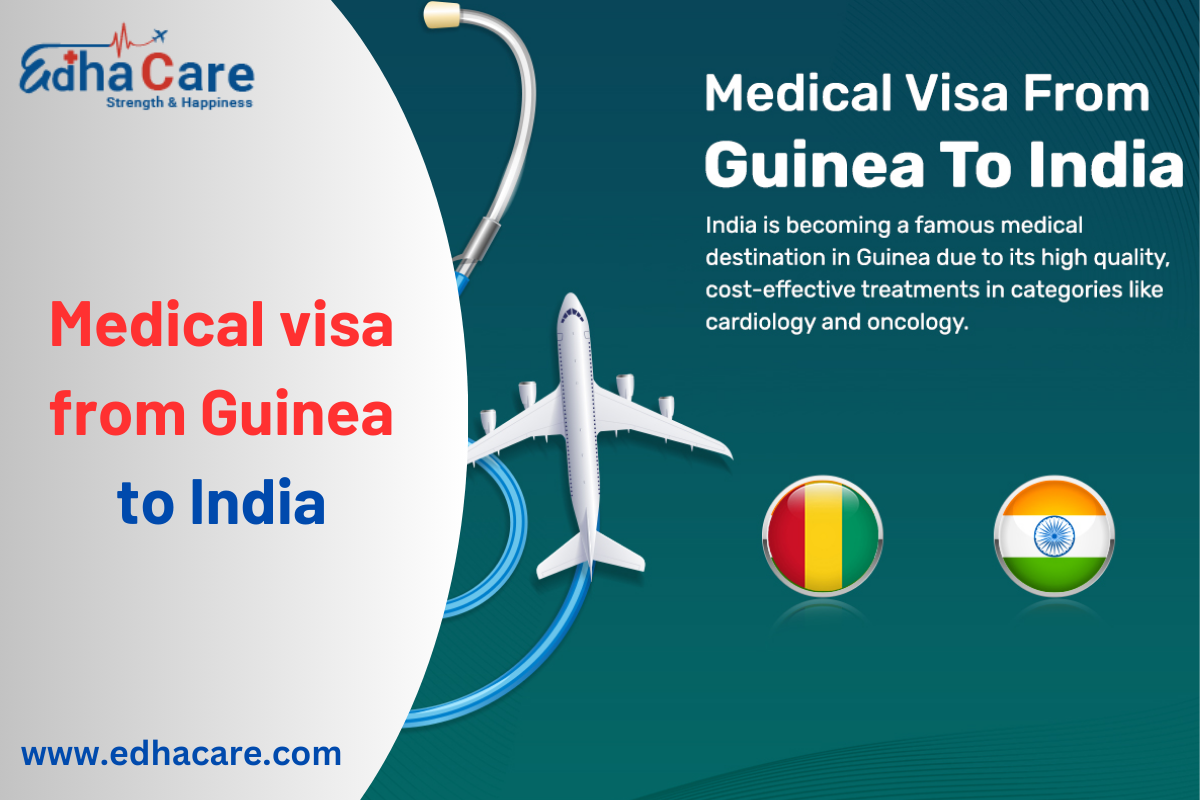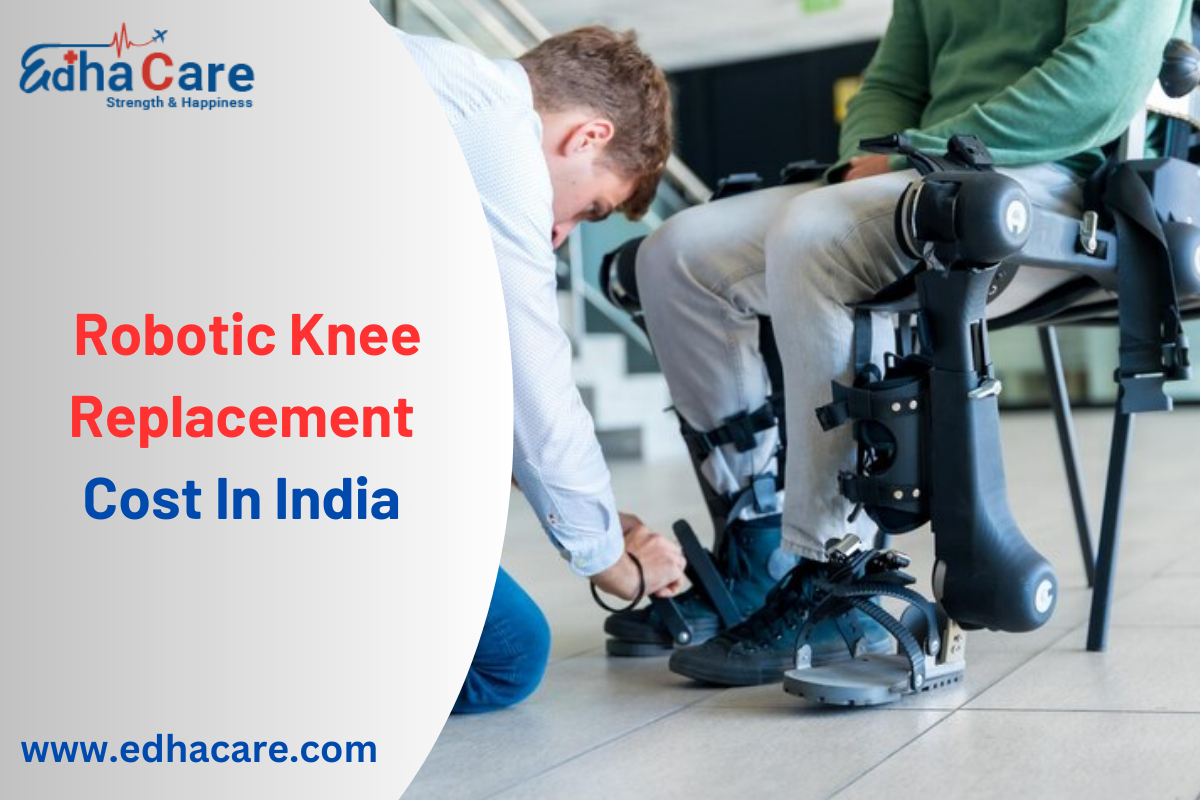Transcatheter Aortic Valve Implantation

An aortic valve that is constricted and doesn't open completely can be replaced with a transcatheter aortic valve replacement (TAVR) surgery. The body's main artery and the left lower heart chamber are separated by the aortic valve. Aortic valve stenosis is the narrowing of the aortic valve. Blood flow from the heart to the body is blocked or slowed down by the valve issue. Compared to open heart valve surgery, it requires fewer incisions because it is minimally invasive. For those who are unable to have heart surgery to replace their aortic valve, this can be an option. Breathlessness, chest pain, and other aortic valve stenosis symptoms can be lessened with TAVR.
Book an AppointmentAbout Transcatheter Aortic Valve Implantation
Transcatheter aortic valve implantation is a technique that involves replacing a diseased or narrowed aortic valve with a prosthetic valve. The procedure is typically performed using a catheter-based approach, which means the new valve is inserted through a small incision in the groin or chest and guided to the heart through blood vessels.
TAVI is a routine surgery that is generally painless. A small, flexible tube known as a catheter is inserted into a blood artery in your chest or upper leg and advanced toward your heart's aortic valve. The purpose of the tube is to secure a new valve on top of your old one. Since evidence indicates that TAVI is at least as beneficial as heart valve surgery after a year, it is being utilized for patients who are at lower risk of problems following heart surgery.
Procedure of Transcatheter Aortic Valve Implantation
-
Pre-procedural Assessment: Before undergoing TAVI, patients undergo a thorough evaluation to determine their suitability for the procedure. This includes a comprehensive medical history review, physical examination, imaging tests (such as echocardiography and computed tomography), and other cardiac assessments.
-
Anesthesia and Access: TAVI is typically performed under general anaesthesia. Access to the aorta is gained through a small incision in the groin or chest. The chosen access site depends on the patient's anatomy, physician preference, and the specific TAVI technique being utilised.
-
Valve Placement: A specialised catheter, containing a folded prosthetic valve, is advanced through the access vessel to the site of the diseased aortic valve. The prosthetic valve is carefully positioned and deployed within the native valve. Different valve designs may use different deployment mechanisms, such as balloon expansion or self-expanding frameworks.
-
Valve Deployment and Evaluation: Once the prosthetic valve is correctly positioned, it is expanded or self-expanded, depending on the type of valve used. The expanded valve pushes aside the native valve leaflets, effectively replacing the diseased valve. The position and function of the newly implanted valve are assessed through various imaging techniques, ensuring optimal performance and proper sealing.
-
Post-procedural Care: After the procedure, patients are closely monitored in a specialised cardiac care unit. Medications may be prescribed to manage pain, prevent infection, and prevent blood clots. Regular follow-up visits are essential to assess the functioning of the implanted valve, monitor recovery, and ensure long-term success.
Require Assistance?
Get A Quick Callback From Our Healthcare Experts
Other Specilities We Cover

Robotic Heart Bypass Surgery

Heart Bypass Surgery




